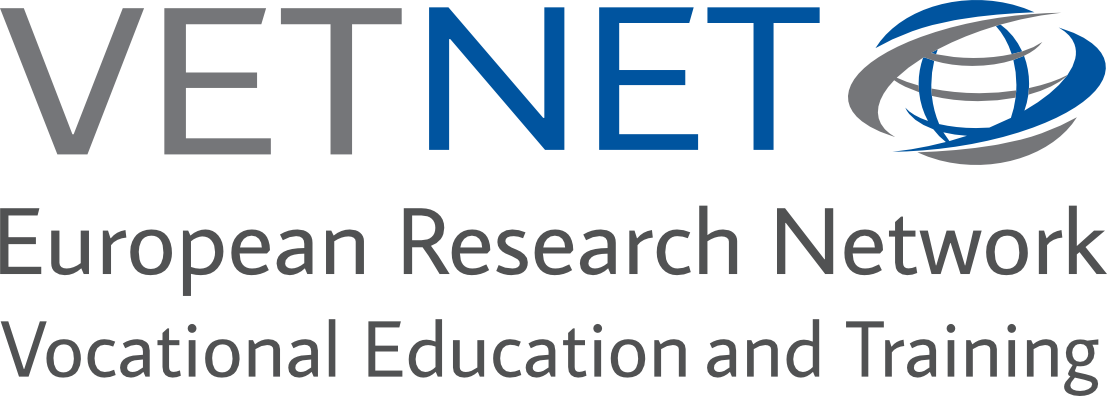Returns to Workplace Training for Male and Female Employees and Implications for the Gender Wage gap: A Quantile Regression Analysis
DOI:
https://doi.org/10.13152/IJRVET.8.1.2Keywords:
Vocational Education and Training, Gender Differences, Unconditional Quantile Regression, Cross-National ComparisonAbstract
Context: Existing studies have explored the association between workplace training and wages suggesting that training participation may have a positive association with wages. However, we still know very little about whether this association varies between men and women. Through its potential positive association with wages, training may balance wage differences between men and women. In addition, the gender wage gap varies across the wage distribution. Differences in the association between training participation and wages for men and women across the earnings spectrum may offer an explanation as to why the discrepancy in female/male earnings is larger at some point of the wage distribution compared to others.
Approach: Using data from the Programme for International Assessment of Adult Competencies (PIAAC) and unconditional quantile regression, this paper examines whether the association between workplace training and wages differs between men and women at different points of the wage distribution across 14 European countries. To partly control for endogeneity in training participation, detailed measures of cognitive skills have been included in the models.
Findings: Findings show gender differences in the association between training and wages across the wage distribution. In most countries, results indicate larger training coefficients for women than men at the lower end of the wage spectrum whereas they are larger for men at the top. This pattern holds across most countries with the only exception of Liberal ones, where women benefit less than men across the entire wage spectrum.
Conclusions: The findings of this work reveal that distributional variations in returns to workplace training follow a similar pattern across industrialized countries, despite their different institutional settings. Moreover, differences in training coefficients of men and women at different parts of the wage distribution suggest that training could reduce gender wage differences among low earners and potentially widen the gap in wages among individuals at the top of the wage distribution.
Downloads
Online First / Final Publication Date
How to Cite
Issue
Section
URN
License
Copyright (c) 2021 Rossella Icardi

This work is licensed under a Creative Commons Attribution-NonCommercial-NoDerivatives 4.0 International License.





